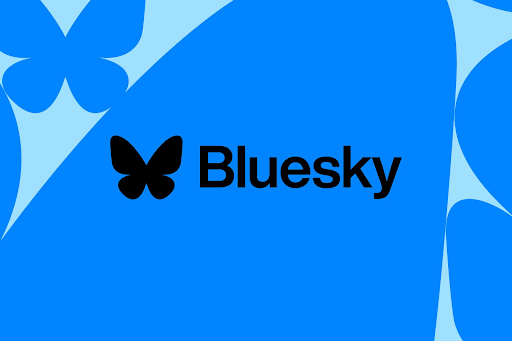
Bluesky, Jack Dorsey’s brainchild, has been making waves as a decentralized alternative to X (formerly Twitter). With over 20 million users hopping on board, it’s hard to ignore the buzz. But is it here to stay or just another platform that fades after the hype fizzles out? Let’s dive into what’s happening with Bluesky and what it could mean for the ever-changing social media landscape.
The Bluesky Phenomenon: What’s It All About?
We’ve seen it before—a new platform emerges with a lot of excitement, promising to revolutionize the way we connect. From Clubhouse to Threads, many have come, but none have truly stood up to the titans like Facebook, Instagram, or TikTok. Now, here comes Bluesky, waving the flag of decentralization and user control.
Launched as an invite-only platform in early 2023, Bluesky has grown into a community-focused space, boasting 20 million users in less than a year. That’s impressive. But here’s where it gets
interesting—its foundation on the “AT Protocol” allows users more freedom, transparency, and customization in their social experience. Unlike most mainstream platforms, Bluesky ditches ads and gives users the tools to shape their own digital spaces.
Will It Work? Well, That’s the Million-Dollar Question
The concept is refreshing, no doubt. Bluesky promises user autonomy, transparency, and a truly decentralized architecture. But let’s be real—how many platforms have we seen rise and fall in the shadow of social media giants? Remember Google+? Or how Clubhouse had its 15 minutes of fame before disappearing into the background?
It’s one thing to attract millions of users in a launch frenzy; it’s another to sustain them. Bluesky’s rapid adoption (1 million users in 24 hours at one point!) is impressive, but the real test will be whether it can keep them engaged.
What Bluesky Gets Right
There are some truly standout features that make Bluesky worth paying attention to:
- Custom Feeds: Forget the mysterious algorithms deciding what you see. Bluesky gives you the reins to curate your experience. Want a feed just for cat memes or tech news? Done.
- Decentralization: Built on the AT Protocol, it’s part of the Fediverse, meaning it supports cross-platform communication. Think of it like emailing across providers but for social interactions.
- Handles as Verification: This is clever—Bluesky lets you tie your handle to a website URL, giving an organic way to verify identities, especially for public figures and journalists.
- Community Moderation: Moderation is built around community standards rather than arbitrary corporate policies, creating a more inclusive, user-driven space.
But Challenges Loom Large
Bluesky isn’t without its growing pains. Rapid user growth has caused server outages, and the platform is grappling with the usual “new kids vs. OG users” dynamics. Plus, scaling a decentralized platform is no small feat.
CEO Jay Graber has openly acknowledged these challenges, calling them “growth pains.” This transparency is refreshing, especially in a world where tech companies often brush over their shortcomings.
Bluesky vs. X: A Social Media Faceoff
Elon Musk’s reign over X has left a sour taste for many. From introducing paid accounts to loosening moderation and allowing third-party AI training on user data, X has been bleeding users—115,000 in a single day in the U.S. alone.
Bluesky, on the other hand, positions itself as the antidote to everything users dislike about X. No ads, no AI lurking in the background to mine your posts, and no opaque algorithms. It feels like a breath of fresh air.
A Thought for Brands
For brands, Bluesky offers a unique opportunity to engage with a community that values authenticity and control. Early adopters could carve out a niche audience free from the noise of ads and intrusive algorithms.
As someone who’s worked with countless brands on digital strategies, my advice is simple: explore the platform but don’t abandon your existing strategies. Use Bluesky as a space for creativity and genuine interactions.
So, What’s Next?
Bluesky might not dethrone X or Instagram tomorrow, but it represents a shift in how people want to connect online. Decentralized, ad-free, and community-driven platforms are no longer just a dream—they’re becoming reality. Whether Bluesky can lead the charge remains to be seen. For now, I’ll be watching, occasionally posting, and waiting to see if it truly changes the game or joins the long list of “almost-there” platforms.
What do you think—will Bluesky thrive or fade? Share your thoughts!

